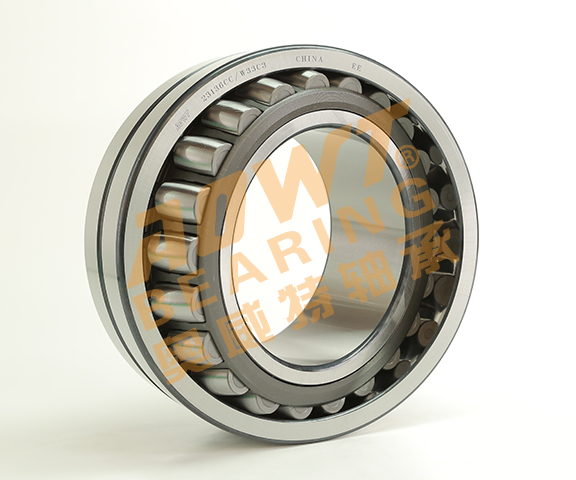The Significance of Ball Bearing Size Charts
The Significance of Ball Bearing Size Charts
Blog Article

Imagine a world where machinery operates seamlessly, with little to no friction, ensuring maximum efficiency. This is the promise of ball bearings, small yet powerful components that play a crucial role in many applications, from bicycles to industrial machinery. Understanding the sizes and specifications of these bearings is essential for engineers and hobbyists alike. So, how do you navigate the myriad of options available? Utilizing a comprehensive ball bearing size chart can make all the difference.
The Significance of Ball Bearing Size Charts
Ball bearing size charts serve as vital tools for anyone involved in the selection or replacement of bearings. These charts provide detailed information, including dimensions, load ratings, and material types, which are critical for ensuring that the right bearing is chosen for a specific application. Selecting the wrong size can lead to equipment failure, increased wear, and costly downtime.
Understanding Dimensions
Each ball bearing is defined by its dimensions: the inner diameter (ID), outer diameter (OD), and width (W). For instance, a bearing with an ID of 10mm, OD of 30mm, and a width of 9mm is designed for specific applications, such as a small motor. Knowing these dimensions is essential, as they determine how the bearing fits with other components. A well-organized size chart makes it easy to match these specifications efficiently.
[IMAGE]
Load Ratings and Their Importance
Load ratings are another critical aspect of ball bearings. They indicate the maximum weight a bearing can support under certain conditions. This rating is typically expressed in terms of dynamic (moving) and static (stationary) load capacities. For example, a high-speed spindle bearing may have a dynamic load rating of 3,000N, indicating its ability to handle significant weight while rotating at high speeds. Understanding these ratings can prevent premature failure and increase the lifespan of machinery.
Finding the Right Chart
When searching for a reliable ball bearing size chart, it's important to choose one that is comprehensive and user-friendly. One excellent resource is https://www.aubearing.com/guide-to-ball-bearing-size-charts/, which offers detailed charts tailored for various applications, making it easier for users to find the right bearing quickly.
Material Considerations
The material of the ball bearing can also impact its performance. Common materials include stainless steel, chrome steel, and ceramic, each offering different advantages. For example, ceramic bearings are lightweight and resistant to corrosion, making them ideal for aerospace applications. Conversely, chrome steel bearings are known for their durability and load-bearing capabilities. A size chart typically indicates the material used, allowing for informed decisions based on the specific environment where the bearing will operate.
Applications of Ball Bearings
Ball bearings are utilized in a wide array of applications, from automotive engines to household appliances. For instance, in an electric fan, the bearings enable the blades to spin efficiently, reducing energy consumption. In industrial settings, they are critical in conveyor systems and robotic arms, where precise movement is essential. Understanding the various applications can help you appreciate the importance of choosing the right size and type.
Conclusion
Choosing the right ball bearing is crucial for the performance and longevity of any machinery. With the aid of a detailed ball bearing size chart, you can navigate through the various specifications with ease. By understanding dimensions, load ratings, and material types, you can ensure that your selected bearings will perform optimally in their intended applications. Whether you are an engineer or a DIY enthusiast, investing time in selecting the right bearings will pay off in enhanced reliability and efficiency.
Report this page